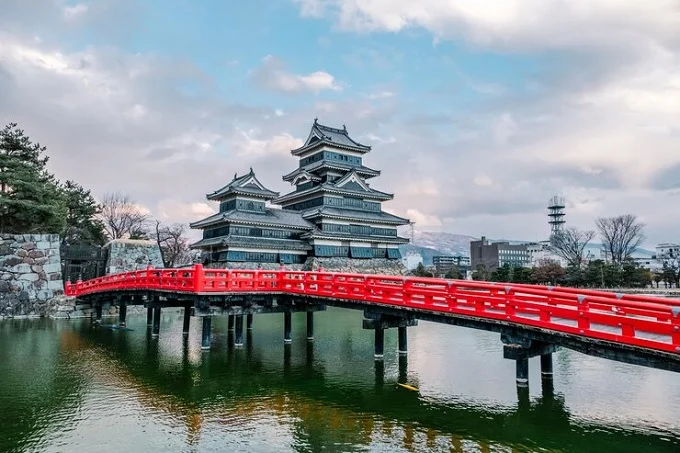Garan architecture is a special type of building design found in Japanese Buddhist temples. This article will explain what makes garan architecture unique, show some famous examples, and discuss why it’s important today.
What is Garan Architecture?
Garan architecture comes from Japan and is used for Buddhist temple complexes. The word “garan” means “temple” in Japanese. These temples have a special layout and design that make them different from other types of buildings.
Key features of garan architecture include:
- A main hall for worship
- A pagoda (tall tower)
- Gates to enter the temple grounds
- Other buildings for monks to live and study
Garan temples started being built over 1000 years ago when Buddhism came to Japan. They mix ideas from China with Japanese building styles.
Important Parts of Garan Architecture
Let’s look at the main parts that make up a garan temple complex:
- Main Hall (Kondo)
- This is where people pray to Buddha
- It holds important statues and art
- Usually the biggest building in the complex
- Pagoda
- Tall tower with many levels
- Holds sacred items
- Can be seen from far away
- Gates
- Mark the entrance to the temple grounds
- Often have scary statues to guard the temple
- Lecture Hall
- Where monks study and learn
- May have a library of sacred texts
- Living Quarters
- Where monks sleep and eat
Garan temples use special building methods to make these structures strong and beautiful. They often use wood and have curved roofs that look like they’re floating.
Famous Examples of Garan Architecture
Some well-known garan temple complexes in Japan are:
- Koyasan Danjo
- Located on Mount Koya in Wakayama Prefecture
- Founded by the monk Kobo Daishi in 816 CE
- Has a huge red pagoda called the Konpon Daito
- Very important in Shingon Buddhism
- Todaiji Temple
- In Nara city
- Has the largest wooden building in the world
- Home to a giant Buddha statue
- Horyuji Temple
- One of the oldest wooden buildings in the world
- Shows early garan architecture styles
These temples show how garan design has changed over time while keeping its main ideas.
Why Garan Architecture Matters Today
Garan temples are more than just old buildings. They’re important for many reasons:
- History: They teach us about Japan’s past and how Buddhism spread.
- Art: The temples have beautiful paintings, statues, and designs.
- Culture: Many people still visit these temples to pray or enjoy their beauty.
- Building Skills: We can learn about old ways of making strong, long-lasting buildings.
- Peace: Garan temples are quiet places where people can relax and think.
Keeping Garan Temples Safe
Many garan temples are very old and need special care to keep them standing. Experts use both old and new methods to fix and protect these buildings. This work is important to save Japan’s history for future generations.
Some ways they protect garan temples are:
- Fixing damaged wood
- Making buildings stronger for earthquakes
- Carefully cleaning old paintings and statues
- Using computers to check for hidden problems
The Future of Garan Architecture
While most garan temples are old, the ideas behind them still inspire architects today. Some ideas from garan design, like:
- Peaceful gardens around buildings
- Using natural materials like wood
- Making spaces that feel calm and spiritual
As people look for ways to build that are good for nature and make people feel happy, garan architecture might become even more popular.
Conclusion
Garan architecture is a special part of Japanese culture that has lasted for over 1000 years. These temple complexes show the beauty of Buddhist art and the skill of Japanese builders. By learning about and protecting garan temples, we can keep this important part of history alive for years to come.
| Part of Garan | What It’s For |
|---|---|
| Main Hall | Praying to Buddha |
| Pagoda | Holding sacred items |
| Gates | Marking the entrance |
| Lecture Hall | Studying Buddhism |
| Living Quarters | Where monks stay |
Remember: Garan temples are sacred places. If you visit one, be quiet and respectful. You might feel the peace and wisdom these ancient buildings hold!










